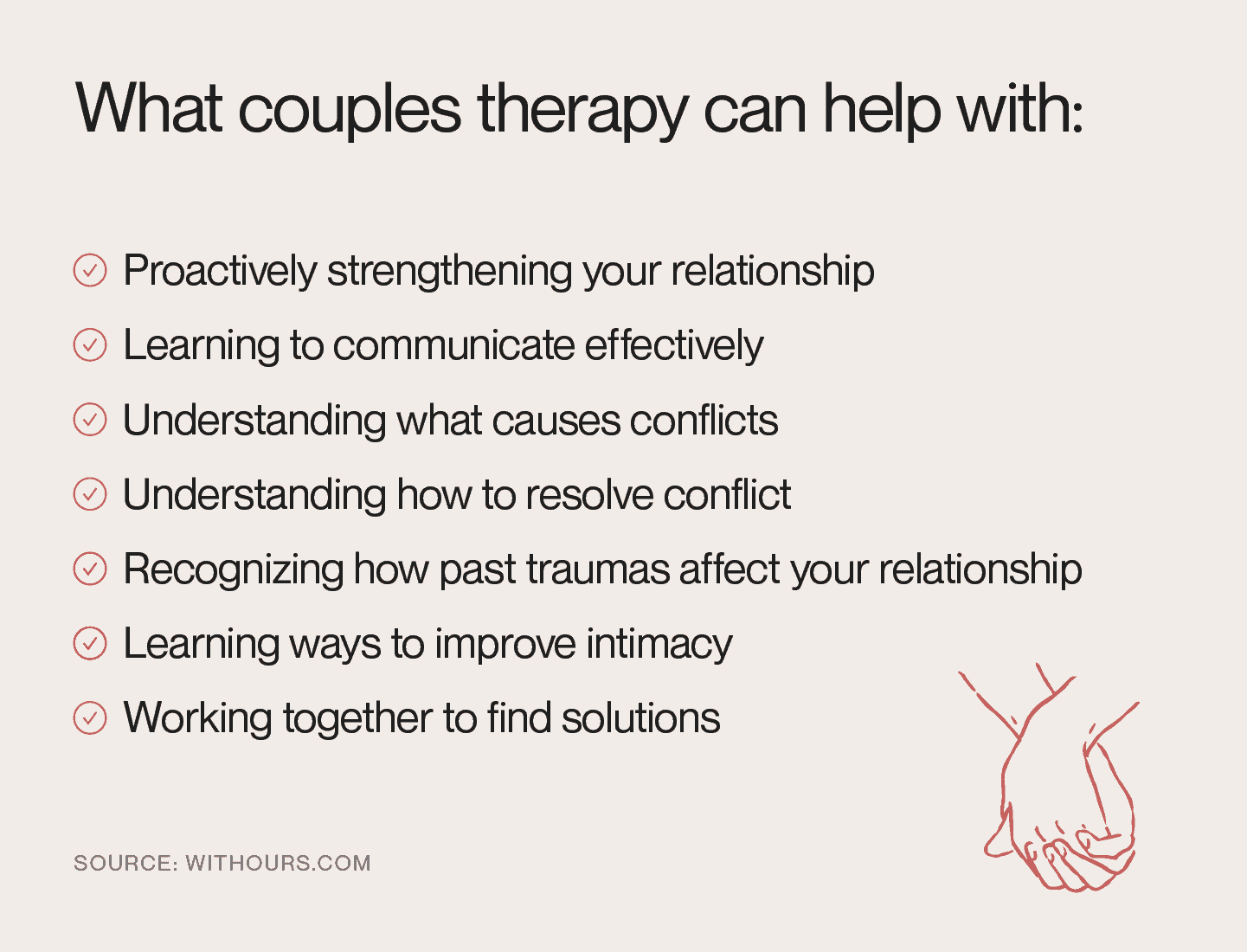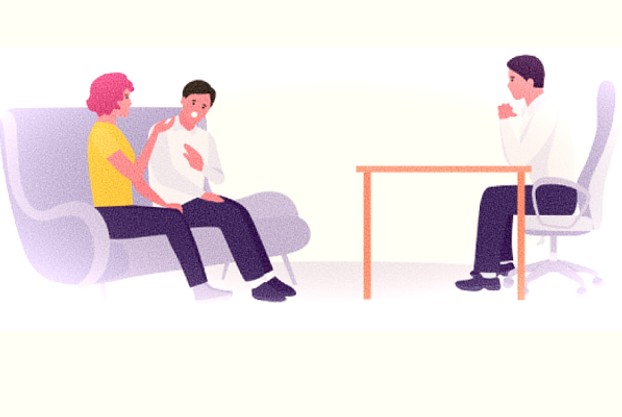The Aim Point Counseling Ideas
The Aim Point Counseling Ideas
Blog Article
The Only Guide for Aim Point Counseling
Table of ContentsAll About Aim Point CounselingAn Unbiased View of Aim Point CounselingEverything about Aim Point CounselingThe Basic Principles Of Aim Point Counseling An Unbiased View of Aim Point CounselingNot known Incorrect Statements About Aim Point Counseling
The longitudinal style includes a pre-treatment study and two follow-up studies at 3- and 12-months post-intervention. The study is embeded in eight Relationships Australia Victoria centres, throughout cosmopolitan, external suburbs, and regional/rural websites. Relationships Australia, a non-government organisation, is the biggest supplier of couple therapy and relationship solutions in Australia.
These high prices of partnership breakdown have been continually associated with negative health and wellness effects for both grownups and kids complying with divorce/separation.
Some Ideas on Aim Point Counseling You Should Know
Longitudinal researches additionally suggest that children of separation have a higher occurrence of emotional conditions, drug and alcohol usage, and risky sex-related behaviour [7] Although the results of divorce and splitting up can be detrimental, study indicates that high connection discord in undamaged pairs is also most likely to have negative results.
Research study to date has determined both couple and individual elements that may contribute to connection discord. These consist of connection contentment and dedication at the pair level, and depression at the private level.
Everything about Aim Point Counseling
While many research studies suggest enhancements in connection satisfaction following couple coaching, they are restricted by the examples and procedures utilized, largely short-term follow-up time frameworks, and analyses that do not account for the dyadic nature of couple information., is one more frequently investigated connection end result.
To sum up, study suggests that couple-specific variables in addition to individual factors may predict the end results of couple counselling and relationship solutions. The causal instructions of these partnerships, nonetheless, is much less clear. These monitorings are necessary, considering that, to validate and lead the application of partnership solutions such as couple counselling, empirical proof has to check out both the end results of partnership solutions and the factors that predict effective treatment.
, at least in some European nations.

We currently recognize little concerning the accounts of couples who look for partnership education and learning contrasted with those who seek partnership counselling, or the results of these programs. Anecdotal evidence suggests that there might be considerable distress among at the very least some couples looking for connection education and learning. Relationship education and learning programs vary from pair coaching as they are usually highly structured, conducted in groups, and focus on a mixture of four elements; understanding, responses, cognitive change, and skills training [45]
The Basic Principles Of Aim Point Counseling
Responses includes participants finishing sets of questions about their connection (e.g. actions of interpersonal issues), and obtaining information on what their ratings suggest. Cognitive-behavioural strategies advertise changing cognitions to facilitate positive relationships. These may consist of promoting practical attributions/expectations around negative companion behavior [46] In skills training, pairs attend talks or presentations on partnership skills, and practice these during facilitator-led tasks [ 45]
These effects have actually persisted for as much as 4 years in some research studies [47] Nevertheless, these meta-analyses highlight limitations in the existing literary works on partnership education. Specifically, most of studies involved pairs from top socio-economic histories that were not experiencing high connection dissonance [47,48] This sample account might not represent clients that generally offer for partnership education.
The smart Trick of Aim Point Counseling That Nobody is Discussing

Really little research study has actually taken a look at the comparative benefits of pair counselling and partnership education and learning programs. As clients are most likely to self-select right into these solution kinds, it is not clear whether particular connection distress profiles existing to every solution type, or without a doubt whether there is an interaction in between providing profile, solution type and outcome.
(https://www.behance.net/toddrashid)
Therefore, we have actually consisted of a 12-month follow-up to evaluate longer-term trends and effects.
We More Bonuses suggest to make use of multi-level statistical modelling procedures that control for the inter-dependence of couple data to analyze any treatment effects. The specific aims of the ECC research study are to: 1. Map profiles of customers looking for community agency-based couple counselling vs. partnership enhancement programs in terms of socio-demographic and connection indicators (such as connection satisfaction, connection dedication, interpersonal issues, and factors for participating in), along with health (such as anxiety, basic wellness) and wellness solution use (eg.
2. Figure out whether couple therapy and relationship education solutions boost 3- and twelve-month outcomes for relationship contentment, commitment, and depression, utilizing analytical evaluations ideal to pair data. 3. Determine the relative payments of customer aspects (individual and couple) and therapy/education aspects to outcomes at 3- and 12-months, and to sustainability of outcomes over time.
Some Ideas on Aim Point Counseling You Should Know
Multi-level modelling to determine pre-post differences, regulating for dyadic (couple) degree. To add to the literary works evaluating the performance of community-based couple coaching. The results will certainly help clinical decision-making in community-based connection solution settings, and specialist training. 3. To determine the loved one contributions of client/couple and therapy variables to outcomes at 3- and 12-months, and to sustainability of end results over time.
Report this page